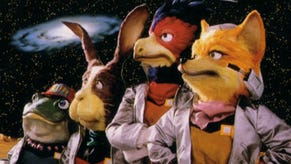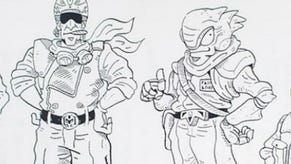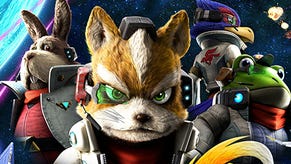Star Fox worked because Miyamoto threw British ideas out
At a GDC session, Q-Games founder Dylan Cuthbert deswcribed his time working on the original Star Fox with Shigeru Miyamoto, saying the famed designer advised the British development team to take out all their best ideas.
“We were very cocky British programmers, thrown into this Japanese environment. We were in awe and in shock at the same time about their process, as we went in intending to make a full 3D shooting game inspired by Starglider 2. But in the process I learned from Miyamoto that ‘No idea must go into a game, even if they are good ideas,'" Cuthbert said, as reported by Edge.
Miyamoto's advice seems strange, but Cuthbert's description of Argonaut Software's approach sheds some light on why the designer might have wanted to rein them in a little.
“This was very confusing for us, because at the time British games were full of good ideas. We were at the forefront of 3D, even with isometric games back in ’83, but what we did in Britain was just stuff all these ideas in and then sell it. It’d sell, but people would find, like, half a game. Most of the games I bought in the 80s I would never finish," he admitted.
The game that eventually became Star Fox was going to be a 3D roaming game. Cuthbert's team and Miyamoto iterated on the design, adding and removing features, but not making much progress. A breakthrough game after a vacation, when Miyamoto announced the game would be a third-person, on-rails shooter; this allowed development to move on at last.
"If we had been in Britain we would have been like ‘no, screw that,'" Cuthbert said, but went on to say that the experience taught him that "you can build ideas and then, by destroying them, find other ideas hiding in the shadows."
In hindsight, Cuthbert is able to see the difficulties in his original design and appreciate some qualities of the finished product which were only possible thanks to the shift in direction.
“With Starglider, the 3D roaming feature was such a big thing in our mind as British programmers we never considered other ways to do it,” he said.
"It was Miyamoto and Nintendo who came up with these ideas because they didn’t have this background in 3D development."










